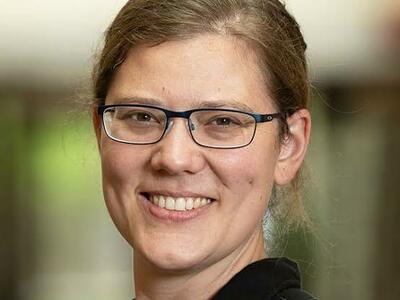
The carbon removal industry is just starting to gain momentum. In November, a new plant in California began vacuuming carbon dioxide from the air. In August, the Biden administration announced that it will spend $1.2 billion to help build the first two commercial-scale plants in the US.
The new technology could help pull back our planet from the brink of dangerous levels of warning. Yet some scholars such as Emily Grubert, a civil engineer and environmental sociologist, express concern that the oil and gas industries will use it to perpetuate dependence on fossil fuels. Grubert argues that with billions of dollars of public money funding this fledgling industry, the public, rather than private, profit-driven firms, should shape its growth. Without public regulation, Grubert says, carbon removal could be channeled into offsetting corporate emissions while neglecting more urgent public needs.
“Carbon dioxide removal needs to be treated in the context of an overall strategy for addressing climate change—a strategy that first prioritizes a reduction in greenhouse gas emissions,” said Grubert, associate professor of sustainable energy policy in the Keough School of Global Affairs. “The scale of how much carbon dioxide removal you might need is very dependent on other climate action that you take.”
Vacuuming greenhouse gases from the atmosphere is poised to become a big business, she said, but critics say it’s costly, ineffective and a deterrent to efforts to reduce emissions in the first place.
In a new article published in Carbon Management, Grubert and her colleague Shuchi Talati, the founder and executive director of the Alliance for Just Deliberation on Solar Geoengineering, show the resource limitations of carbon dioxide removal. These constraints subsequently raise ethical questions about developing it as a market-driven industry.
“If the incentive is to make a profit, you’re going to do as much of it as you possibly can,” Grubert said. “If you develop it as something that’s focused more on an adequate climate response, then maximization is not the incentive.”
Widespread, unregulated use of carbon dioxide removal raises environmental justice concerns, Grubert said.
“Particularly because the removal is resource intensive, doing it in settings where it’s not really needed—for a company to be able to make claims that it’s producing ‘net-zero oil’, for example—means there’s less available where we really need it,” she said. “It’s a huge breach of trust for advocates to get communities on board by saying that carbon dioxide removal can be used to repair the climate, then to turn around and use it to facilitate more business air travel or something.”
Another environmental consideration, Grubert said, is where and how to store captured carbon dioxide. Infrastructure for transport and storage is more likely to be constructed in poorer areas.
“There’s an increased infrastructure burden in places that are already underserved and overburdened, and good safety guidelines don’t yet exist.”
For example, a February 2020 rupture of a carbon dioxide pipeline in Satartia, Mississippi caused a mass poisoning in the rural community, hospitalizing nearly 50 people and evacuating 200 others. Three years later, the community still suffers health impacts. This pipeline rupture and its lasting harmful effects are exactly what better regulation can help prevent, Grubert said.
“Implementing carbon dioxide removal as a centrally planned sector, with publicly agreed-upon targets integrated with other climate action, could enable more just and effective outcomes for everyone.”
Originally published by at energy.nd.edu on January 09, 2024.